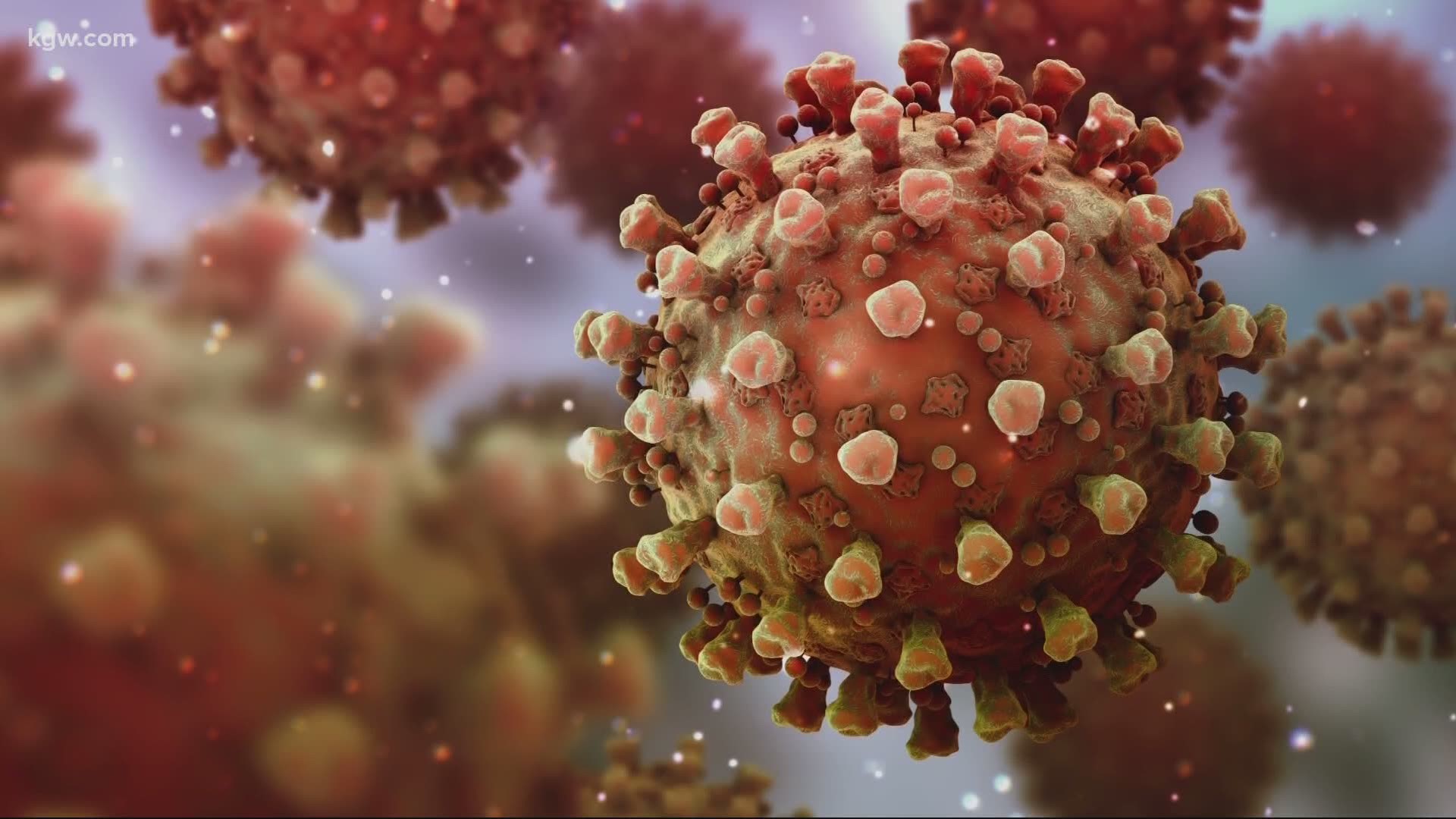PORTLAND, Ore — On Friday, state officials delivered something of a wakeup call to Oregonians who are letting their guards down at indoor parties and gatherings.
A behavior that, officials said, is exacerbating the spread of COVID-19 and contributing to record numbers of confirmed cases.
“We're asking everyone in our state to voluntarily limit indoor social gatherings to fewer than 10 people for at least the next three weeks,” said Patrick Allen, director of the Oregon Health Authority.
The voluntary cap, announced during a media briefing via phone, would be a tightening of guidelines laid out in Phase 1 of Oregon’s re-opening plan, which allowed for social gatherings of up to 25.
The announcement came after case counts in Oregon repeatedly broke records this week.
The current record was set Thursday, with 389 new cases and six deaths in one day.
Officials said Friday, when counties began re-opening, they knew the virus would spread, but, they noted, it's spreading more than it has to.
Allen said Oregonians are letting their guards down in social settings like “…graduations, birthdays, weddings, holidays like Memorial Day, Mother’s Day, Father’s Day, 4th of July,” he said. “We've seen outbreaks linked to exercise classes, fraternity parties, bachelor parties.”
Oregon’s state epidemiologist Dr. Dean Sidelinger noted restaurants, grocery stores and businesses that host the public are not being asked to limit groups inside to 10 people.
In short, he said, they’re not the problem.
“We have strong recommendations, strong guidance for business, and most businesses are following those,” he said
Dr. Sidelinger added, right now, state officials aren't considering closing counties again.
That said, they want to get the problem under control fast.
While they can't diagnose them all, the OHA estimates roughly 1,100 Oregonians are contracting COVID-19 each day.
The agency’s modeling shows, even if residents buckle down and slow the spread by 10%, officials expect that number to keep rising. Within the next month, they estimate, it would reach 1,600 new infections per day.
If nothing changes, they expect the number to climb to 3,600 new infections each day.
If things get worse and people mingle more, they estimate we'll see 7,300 new infections per day.
At that rate, it wouldn’t take long for the infections to overwhelm our hospitals, like they are in Texas, Florida and Arizona.
While the rate of people surviving the virus is increasing, Dr. Sidelinger noted, COVID-19 is still dangerous and unpredictable.
”Yes, our healthcare system has gotten better at treating this disease and treating the complications of this disease and preventing deaths,” he said. “But there's still a significant number of that and increasing deaths across the United States from this disease. There are still people who are discharged from the hospital who have ongoing complications.”

